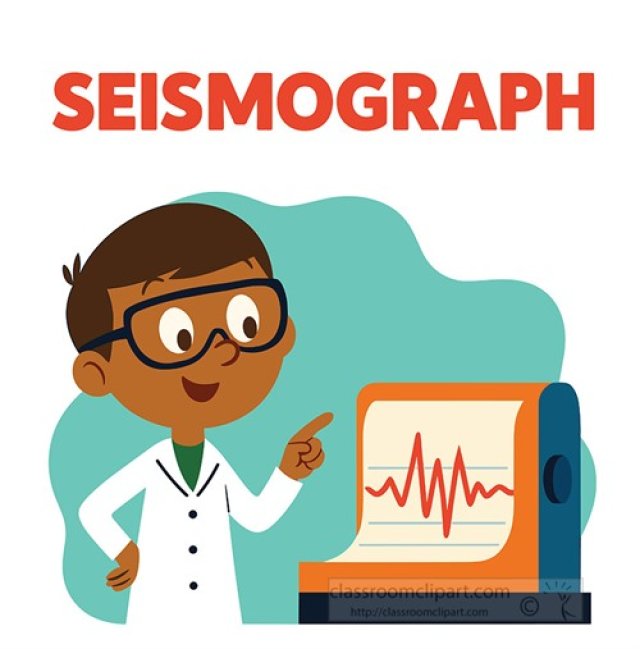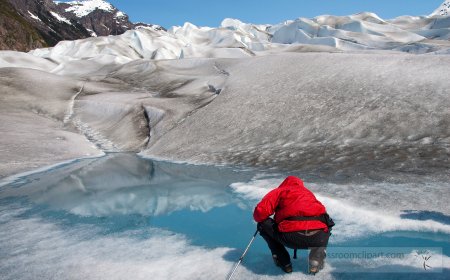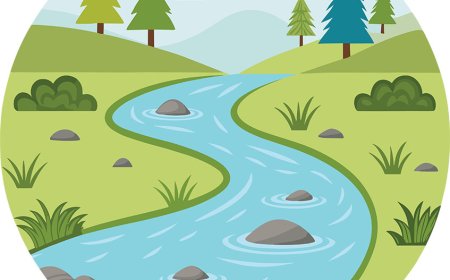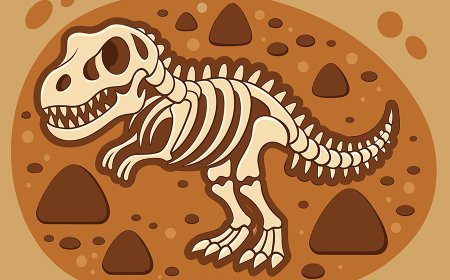Seismograph for Students | Earthquake Measuring Tool
Learn about seismographs the instruments that record earthquake waves and help scientists study Earths interior and predict seismic activity in earth science

🌟 Introduction
When the ground shakes during an earthquake, scientists use a special tool called a seismograph to record it. A seismograph is an instrument that measures the vibrations of seismic waves as they travel through Earth. These waves carry energy released from faults deep underground. By studying the recordings, called seismograms, scientists can figure out how strong an earthquake is, where it happened, and even learn about Earth's layers. Seismographs are important not only for studying earthquakes but also for monitoring volcanoes and understanding the structure of our planet.
🔍 What is a Seismograph?
A seismograph is an instrument that detects and records vibrations in the ground caused by earthquakes, explosions, or other seismic events.
-
It works by having a heavy weight (mass) attached to a spring or pendulum that stays still while the ground moves beneath it.
-
The motion of the ground is recorded as a wiggly line on paper or digitally, called a seismogram.
-
Seismographs are part of networks around the world that help track earthquakes.
🌍 Why are Seismographs Important?
-
Measure Earthquakes: Help determine the strength (magnitude) and location of earthquakes.
-
Save Lives: Give scientists data to improve warning systems and earthquake safety.
-
Study Earth's Interior: Seismic waves reveal information about the crust, mantle, and core.
-
Monitor Volcanoes: Detect tiny earthquakes that often occur before eruptions.
🧪 Everyday Examples
-
When a major earthquake occurs, seismograph readings are used to report its magnitude on the news.
-
Engineers study seismogram data to design safer buildings and bridges.
-
Volcano observatories use seismographs to warn people before eruptions.
-
Seismographs also detect vibrations from explosions or landslides.
✨ Fun Facts
-
The first seismographs were invented in China nearly 2,000 years ago.
-
Modern seismographs are so sensitive they can detect earthquakes on the other side of the world.
-
Earthquakes are measured on the Richter scale or the newer moment magnitude scale (Mw).
-
Seismographs helped scientists confirm that Earth has a solid inner core and liquid outer core.
📌 Key Takeaways
-
Seismographs record ground vibrations caused by earthquakes and other events.
-
They produce seismograms that show wave patterns.
-
Seismographs help scientists measure, locate, and understand earthquakes.
-
They are vital for earthquake safety and Earth science research.
🐾 Kid-Friendly Summary
A seismograph is like Earth's "heartbeat monitor." It draws squiggly lines when the ground shakes, helping scientists understand earthquakes and keep people safe.
📚 Vocabulary Words
-
Seismograph: An instrument that records earthquake vibrations.
-
Seismogram: The chart or digital record showing earthquake waves.
-
Seismic Waves: Vibrations that travel through Earth during an earthquake.
-
Magnitude: A measure of an earthquake's strength.
-
Richter Scale: A scale used to measure earthquake size.
-
Epicenter: The point on Earth's surface above where an earthquake begins.
-
Fault: A crack in Earth's crust where earthquakes start.
-
Seismology: The scientific study of earthquakes.
-
Inner Core: The solid center of Earth, studied using seismic waves.
-
Aftershock: A smaller earthquake that follows a larger one.
🧠 Interactive Quiz on Seismographs
- What does a seismograph do?
A. Measures temperature
B. Records ground vibrations
C. Predicts rainfall
D. Draws maps - The record made by a seismograph is called a
A. Photograph
B. Seismogram
C. Graph chart
D. Richter line - Which scale is used to measure earthquake strength?
A. Richter scale
B. Celsius scale
C. Beaufort scale
D. Kelvin scale - Where is the epicenter of an earthquake?
A. Deep inside the core
B. On Earth’s surface above the focus
C. Inside the mantle
D. In the atmosphere - Why are seismographs important?
A. They help measure and study earthquakes
B. They create storms
C. They build volcanoes
D. They stop tectonic plates




















































